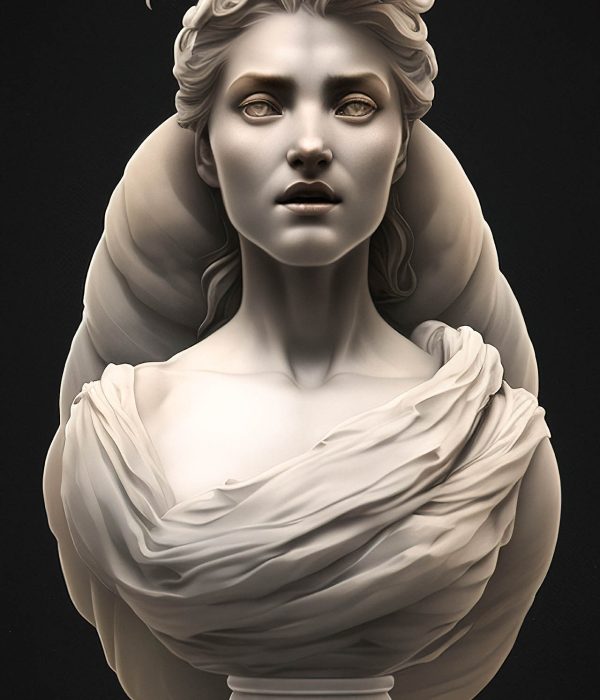About us

A few words about us
Ophthalmologist – contact specialist, member of the executive board of the Association of Ophthalmologists and Contact Specialists of Serbia (COLSS), the Association of Ophthalmologists of Serbia, the Ophthalmological Section of the Serbian Medical Society and Medical Chambers of Serbia. A doctor with many years of work experience gained in ophthalmology clinics and surgeries – Niš Military Hospital, Niš Eye Clinic, Maja Clinic Niš, Vision Center Belgrade.
Dragica Đokić, PhD
Vesta
Vesta, one of the six representatives of the first six of the divine Olympus, was the eldest child of Rhea and Chron, who was also the last to emerge from her father’s womb after the release of her siblings by their brother Zeus. Her ancient Roman name “Vesta” comes from the Sanskrit root word “vas” which describes “shine”, so we see that the very name of this goddess indicates her key mythological role as the guardian of the eternal flame of the hearth and life.
Therefore, the old Vedic writings (their age dates back to around 3000 BC) which are dedicated to Vastu and which, as the forerunner of Feng Shui, represents the art of arranging living space in harmony with the universal laws of nature, hide within themselves the secret of maintaining the eternal Flame of Life, of which the ancient goddess Vesta is the archetypal representative.
This flame of Vesta has for us a deep metaphysical meaning in which the secret of Life itself is hidden, because it also constitutes its very essence, the divine spark of light embodied in our mortal bodies. Therefore, Vesta is the keeper of the deepest knowledge, the spark of life and the remembrance of our divine origin. Unlike other gods who were represented by stone sculptures in the Hellenistic era, Vesta was represented by a living flame which was her main symbol.

Vesta’s flame was a symbol of every home and family, so when the spouses vowed their holy marriage vows, the bride’s mother would light the torch from her hearth, carrying it to the home of the married couple to light the first fire on the hearth of their new joint home, thus symbolically ensuring the well-being, stability, peace and progress of the family, but also the continuation of the sacred flame of life through posterity.
Even today, every beginning of the Olympic Games symbolizes the lighting of Vesta’s torch at the place of origin of our modern civilization – Greece, whose holy Eternal Flame, passing through a large number of countries, symbolically unites the world into one big family. This sacred Olympian Vesta flame also symbolically connects us with the origins of our modern civilization on whose foundations it rotted.
Every year on March 1, festivities were held in honor of Vesta, during which the Vestals would extinguish the Holy Fire and then rekindle it, which could symbolize both the end of one year and the beginning of the next, as well as the cycle of life itself through death and rebirth.
If we think deeply about the essential meaning of Saint Vesta’s flame, we will see that her priestesses, with their sacred rituals in order to maintain it, in that act kept in our collective memory the most important symbol of our existence – the very human Soul (the light of the flame), which embodied in the mortal body (hearth), forms the essential center of our self, which, just like Vesta’s Eternal Flame, characterizes the flame of our eternal life!
Thus, Vesta’s flame not only forms a symbolic pattern for life that continues for generations on planet Earth, but also points us to the eternal Life of our Souls, through the symbol of the Eternal Flame.











